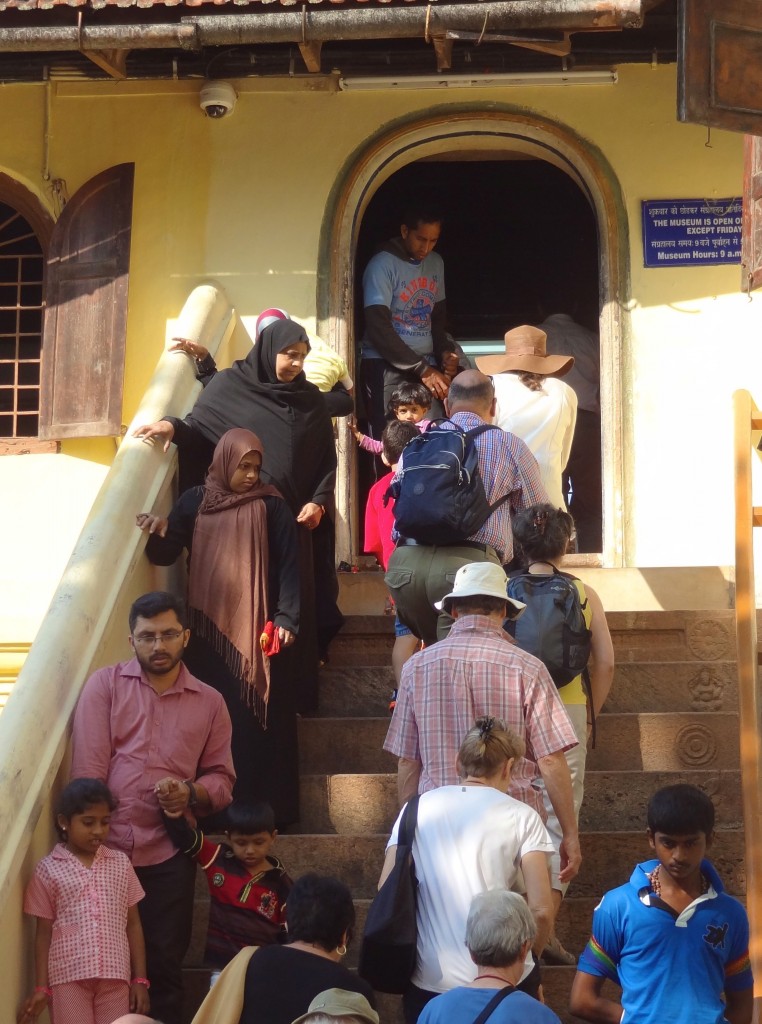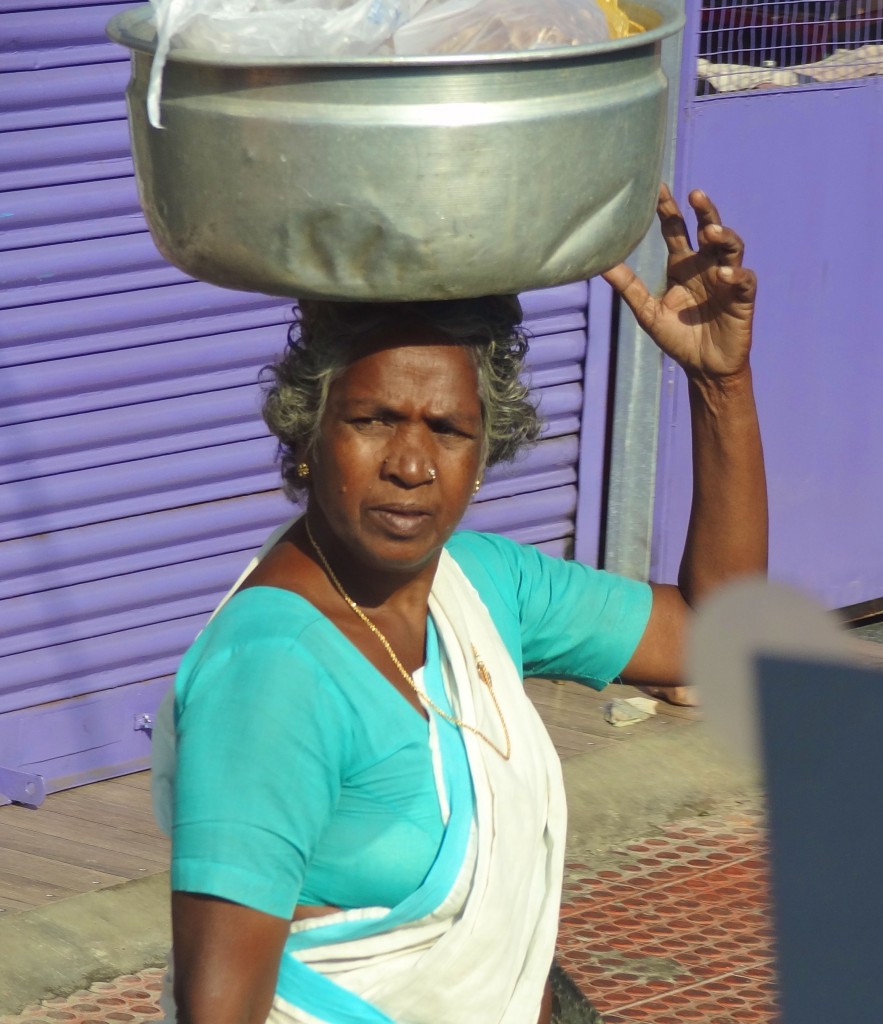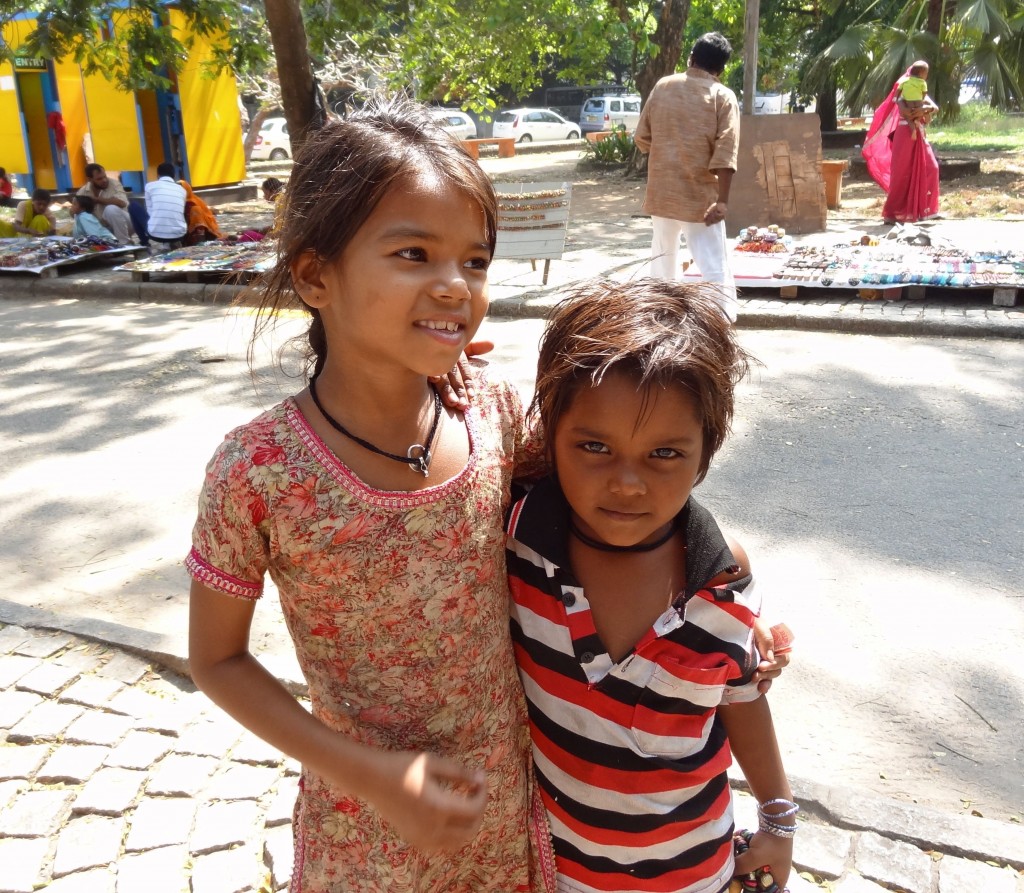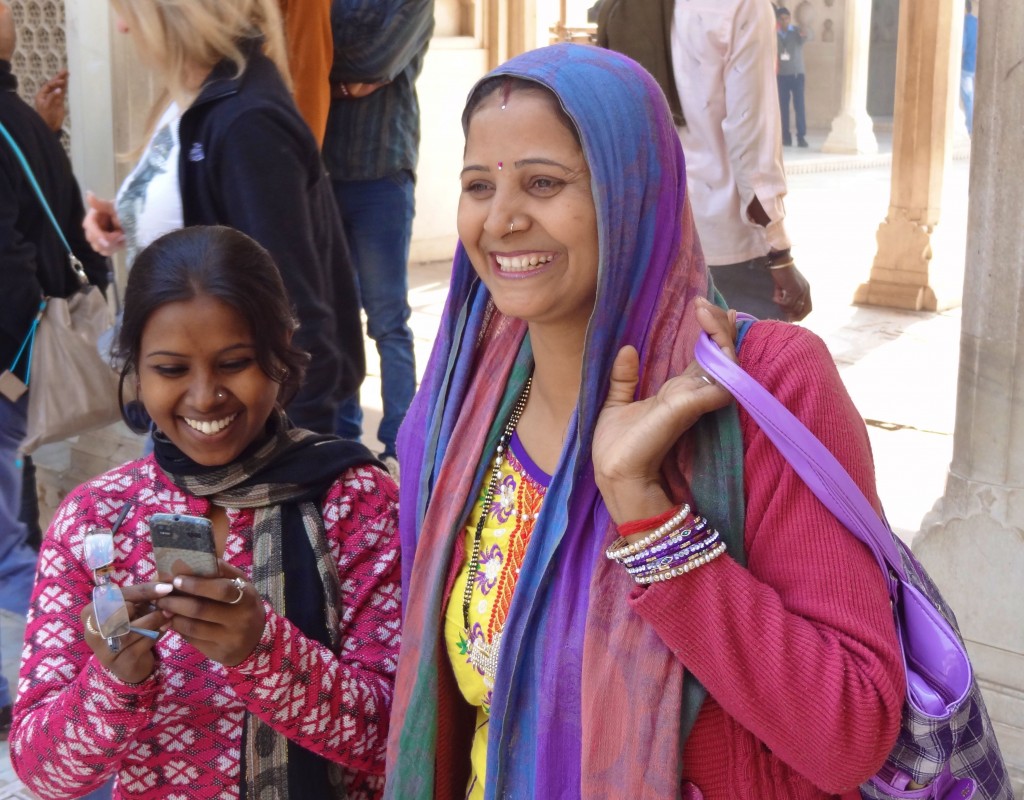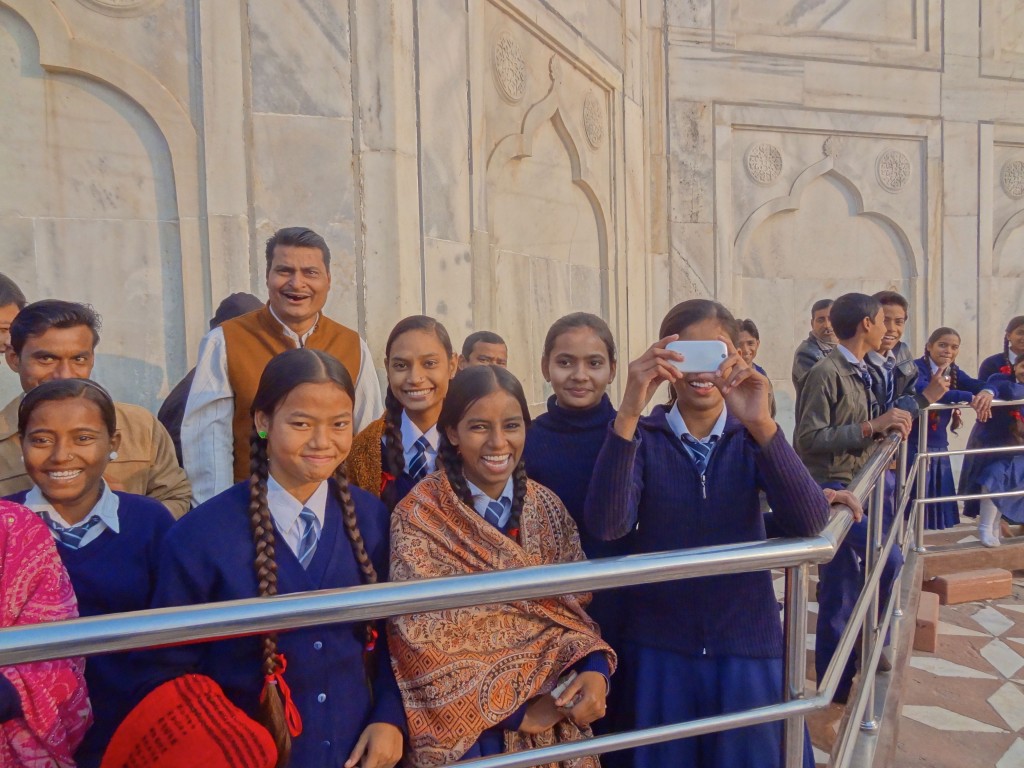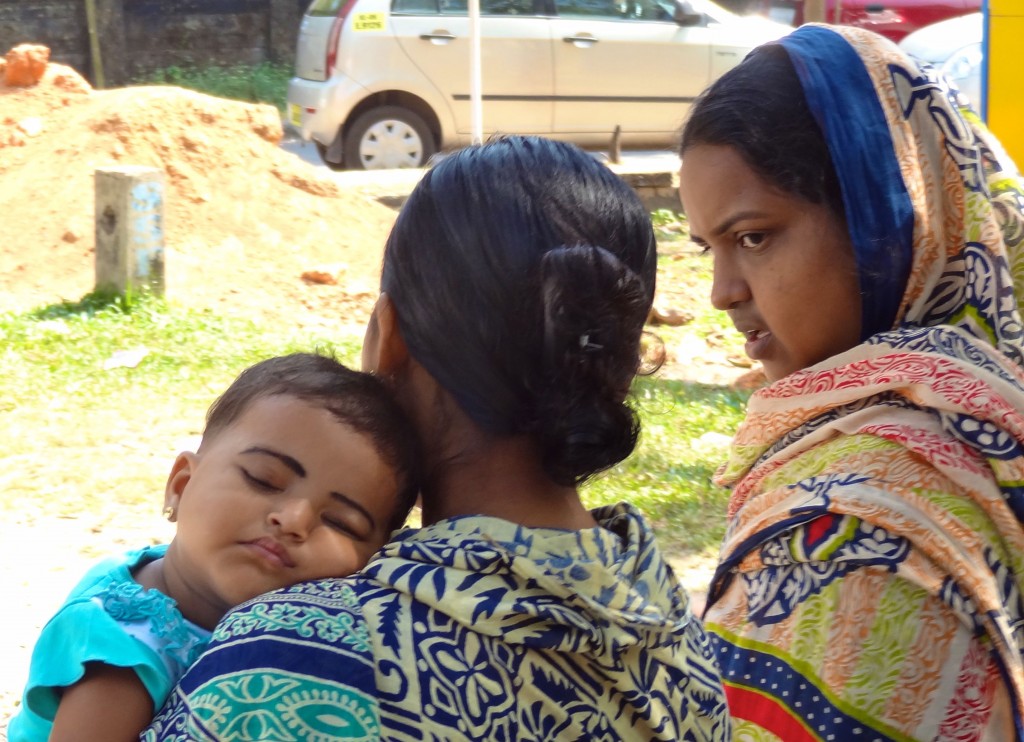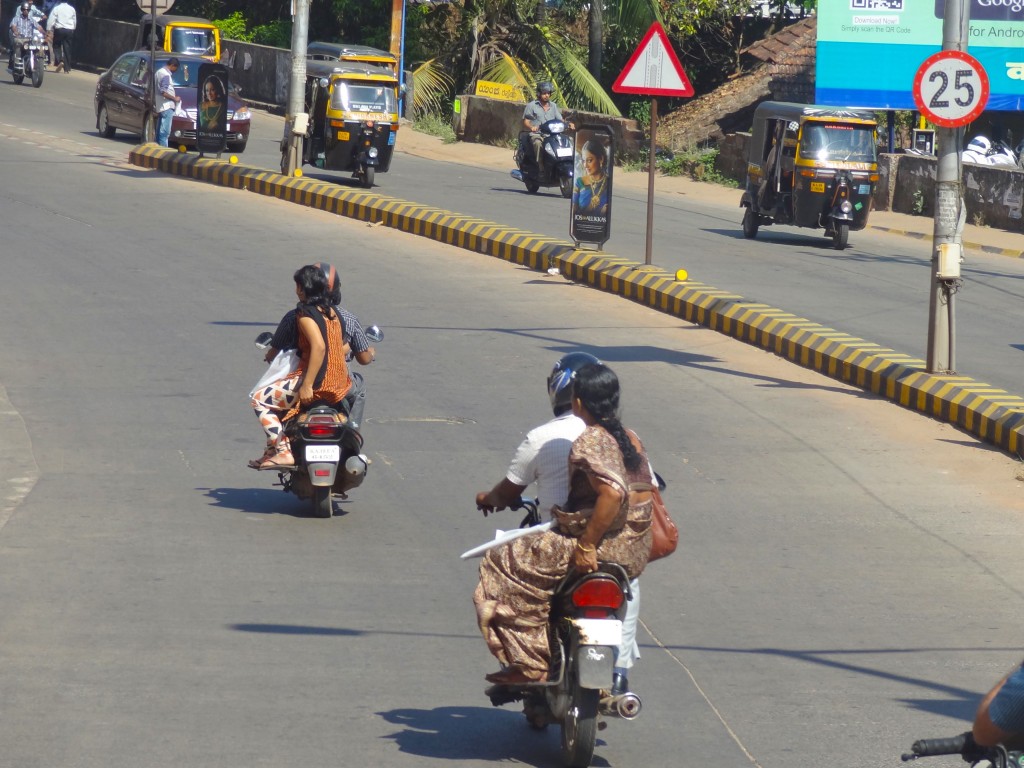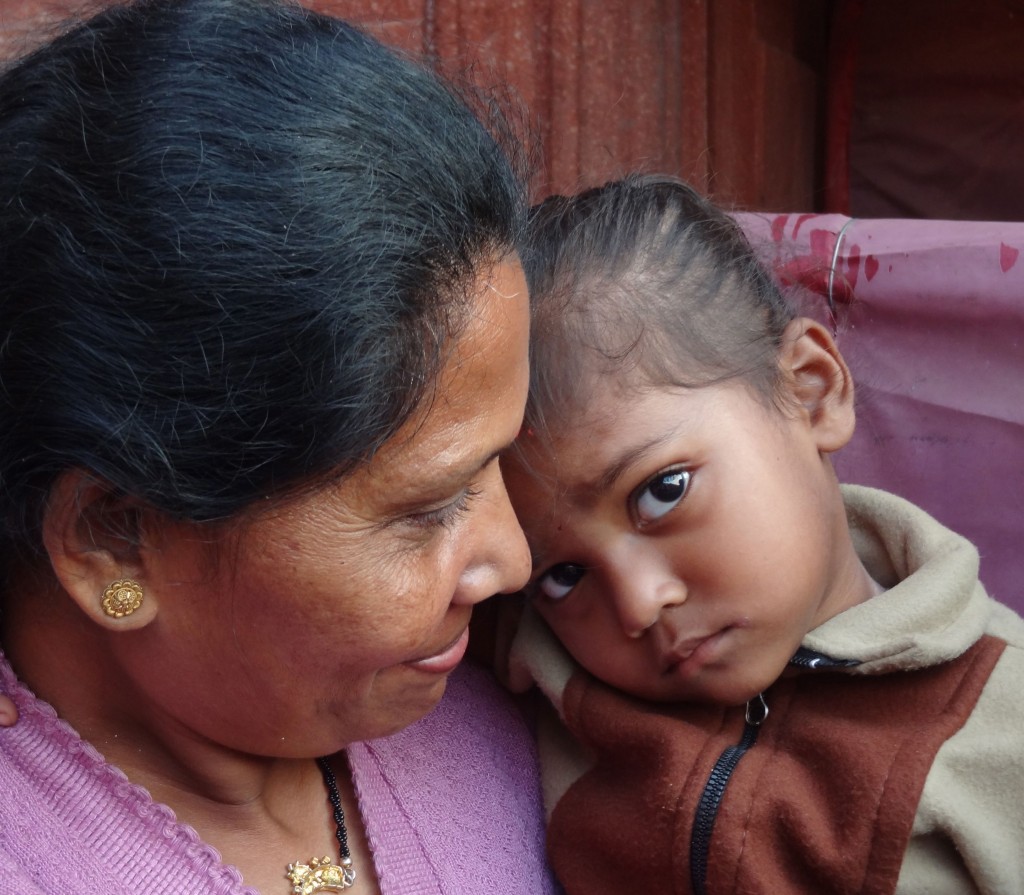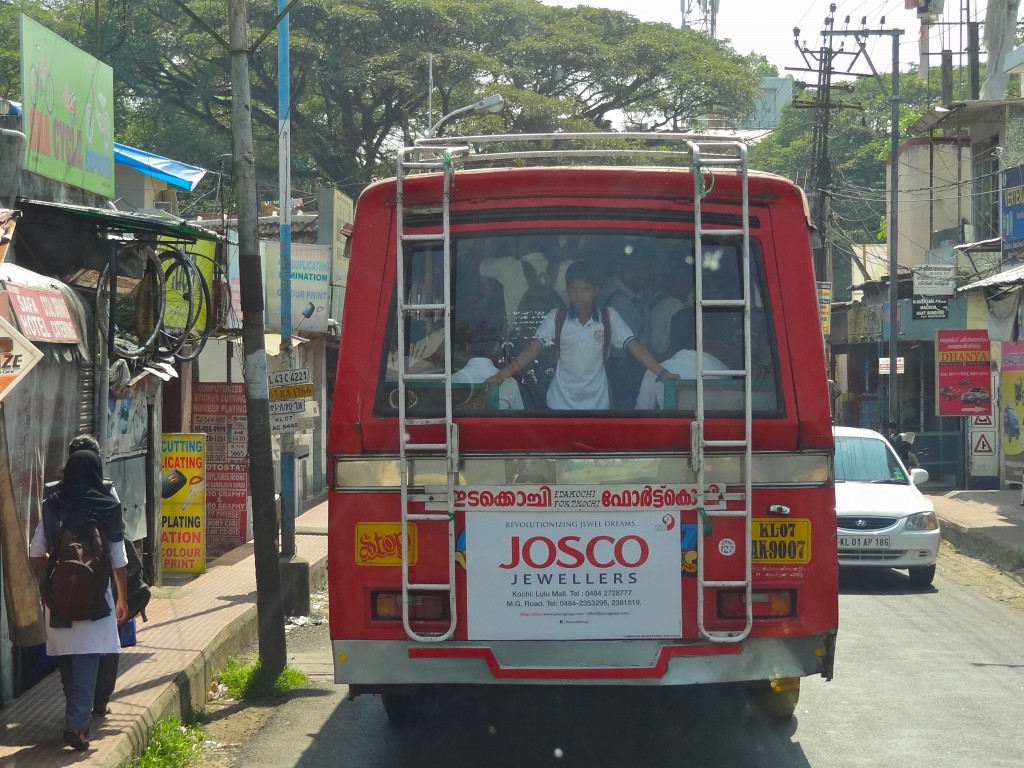I recently went on a long and extensive overseas trip that included several stops in India. On a bus ride from the air terminal in New Dehli to our plane, I encountered a young Indian woman. As I am wont to do, I quickly engaged her in conversation and discovered she was going to Goa, where I was headed, for a seaside vacation with her husband, a husband I soon learned that was “arranged” by her parents.
In that short bus-ride to the plane, I conducted a thorough interview, much to the pleasure of my eavesdropping travel friends. She was completely open to my questions and her husband was right beside us and he jumped in throughout our dialogue.
First, she explained that arranged marriages still account for about half of all marriages in India. She also said that the divorce rate for arranged marriages is much less than those “love marriages” as the do-it-yourself marriages are commonly referred to in India.
At first, I brought the normal skepticism that an American would bring to the notion of an arranged marriage. But, I kept my judgment mostly in check so that I was able to make my new friend comfortable and open up. The discussion was flavored with lots of smiles and laughter as we all made jokes about the whole process of finding a partner, whether arranged or by happenstance or, as with so many now in this new age of the Internet, via dating websites.
I asked her to give me a blow-by-blow description of the process. First, she explained that single men and women prepare what she called, “resumes.” These resumes have their basic information, which includes caste and religion as well as a photo (or photos…I don’t know if they vary). Caste and religion still play an essential role in Indian society though they are not legally enforced and, in fact, the opposite is now true with an Indian form of affirmative action very much in play for the lower castes and disadvantaged.
Regardless of any laws, families still care about the family background, character, and religion of a potential mate for their children and are very thorough in their research. Yes websites help, but also friends and other relatives.
My friend said that she was introduced to several potential marriage partners, each of whom had been vetted by her parents and therefore each was approved. So had her husband. Each had met several potential marriage partners and each had rejected them all until they met each other.
And, that meeting was simple, quick, and the next day they were engaged. They’ve now been married two years and the smiles on their faces were clear barometers of “so far, so good!”
They explained that the first meeting was at her house after both sets of parents had met, discussed the potential marital union, and agreed that their children were an appropriate match. The potential groom comes to his potential wife’s home and there’s a supervised and somewhat formal meet-and-greet. IF they both like one another, another date would be arranged.
In their case, that date was the next day. They saw each other alone. They liked each other. They expressed their desire to marry and both went home and shared the good news with their respective parents.
Again, I found myself at first thinking this was archaic but given the horrendous state of marriage when we do it ourselves, I had to give this initial reaction a second thought. A serious second thought. I won’t be able to introduce such a concept to my boys or to American culture without getting a resounding backlash of gigantic proportions so don’t think I’m going to start a new movement.
But, I like the way family is paramount in much of Indian culture and I sure liked this particular couple. I also like the extent to which family is preserved. This couple had 800 people at their wedding. Our first tour guide had a similar number of guests at his wedding and most of the attendees were from his side of the family because his wife’s family lived far away.
1.2 billion is the population of India. India contains 18% of the world’s population. So, it’s no surprise that the family unit is strong and often large.
Much of India is still quite backward by Western standards, but much of their society has traditions that are essential glue to their society and offer things we could certainly learn from!
Clearly, there are many times when arranged marriages are very much not in the interest of either the man or woman. A friend’s girlfriend is a Nepalese woman who essentially fled her country for The States to both pursue some educational opportunities and avoid an arranged marriage.
For me, the big learning lesson was to lessen my judgment on things that are “foreign” to me. Perhaps arranged marriages are antiquated, but perhaps they work better than the free-for-all that largely exists in much of the world?

